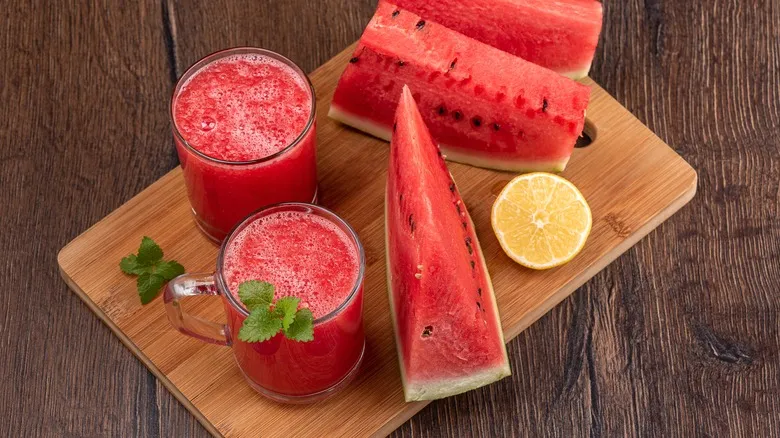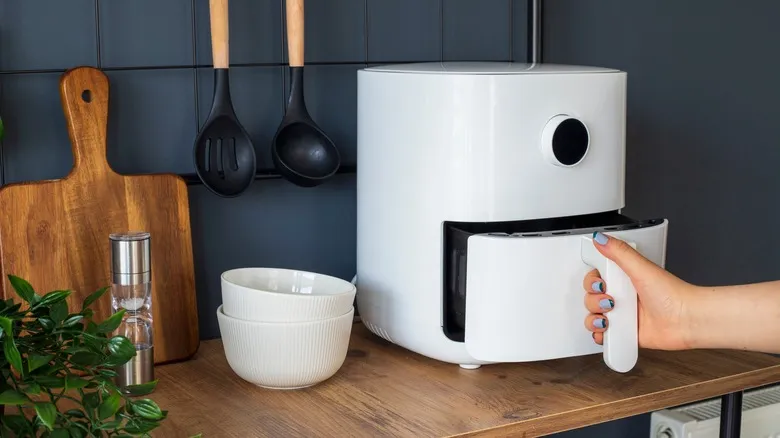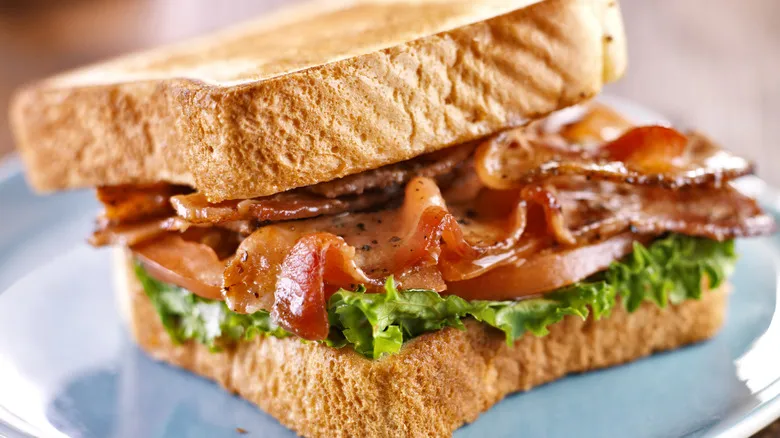Cleaning raw meat off your cutting board

Raw meat should always be stored separately from other foods to prevent cross-contamination. Common errors with raw chicken or beef often occur when they are stored too close to other items or when the same utensils are used for both. The only reliable method to eliminate bacteria on meat is through cooking; rinsing the meat before cutting it does not ensure safety. If you do wash anything, it’s best to clean the cutting board immediately after using it for meat.
To sanitize a cutting board after handling raw meat, wash it with soap and hot water, then disinfect it with a cleaner such as bleach or hydrogen peroxide, followed by another rinse with hot water. There is some discussion about whether wooden or plastic cutting boards are more hygienic; both can be safe, but wooden boards require more thorough cleaning, while thicker plastic boards can be placed in the dishwasher. Some cutting boards feature "juice canals" around the edges, which help contain liquids from raw meat, making them easier to clean.
Different cutting boards for different foods

Rather than stressing over whether your sanitizing efforts were sufficient, consider simply using an additional cutting board if you have the space in your kitchen. Many restaurants utilize multiple cutting boards in various colors to prevent food contamination. For instance, professional kitchens often designate a red cutting board for raw meat, green for fruits and vegetables, and white for dairy products. They may even use different colors to further distinguish between types of meat, such as poultry and fish.
You don’t need to invest in a whole set of boards like restaurants do; they have many staff members sharing the same equipment, making it hard to track usage. However, having one cutting board specifically for raw meat and another for vegetables and other foods at home can be beneficial. Choose boards with distinct appearances to avoid confusion. This approach is more practical than always saving meat prep for last when using a single board, and it significantly reduces the risk of cross-contamination—just be sure to keep the two boards separate.
Recommended

How A Spritz Of Lemon Juice Transforms Watermelon

Upgrade Your Taco Night With Canned Fish And Never Look Back

Why You Should Ditch Your Oven For The Air Fryer On Hot Summer Days

The Clever Technique To Make Bacon Actually Fit In Your Sandwich
Next up

